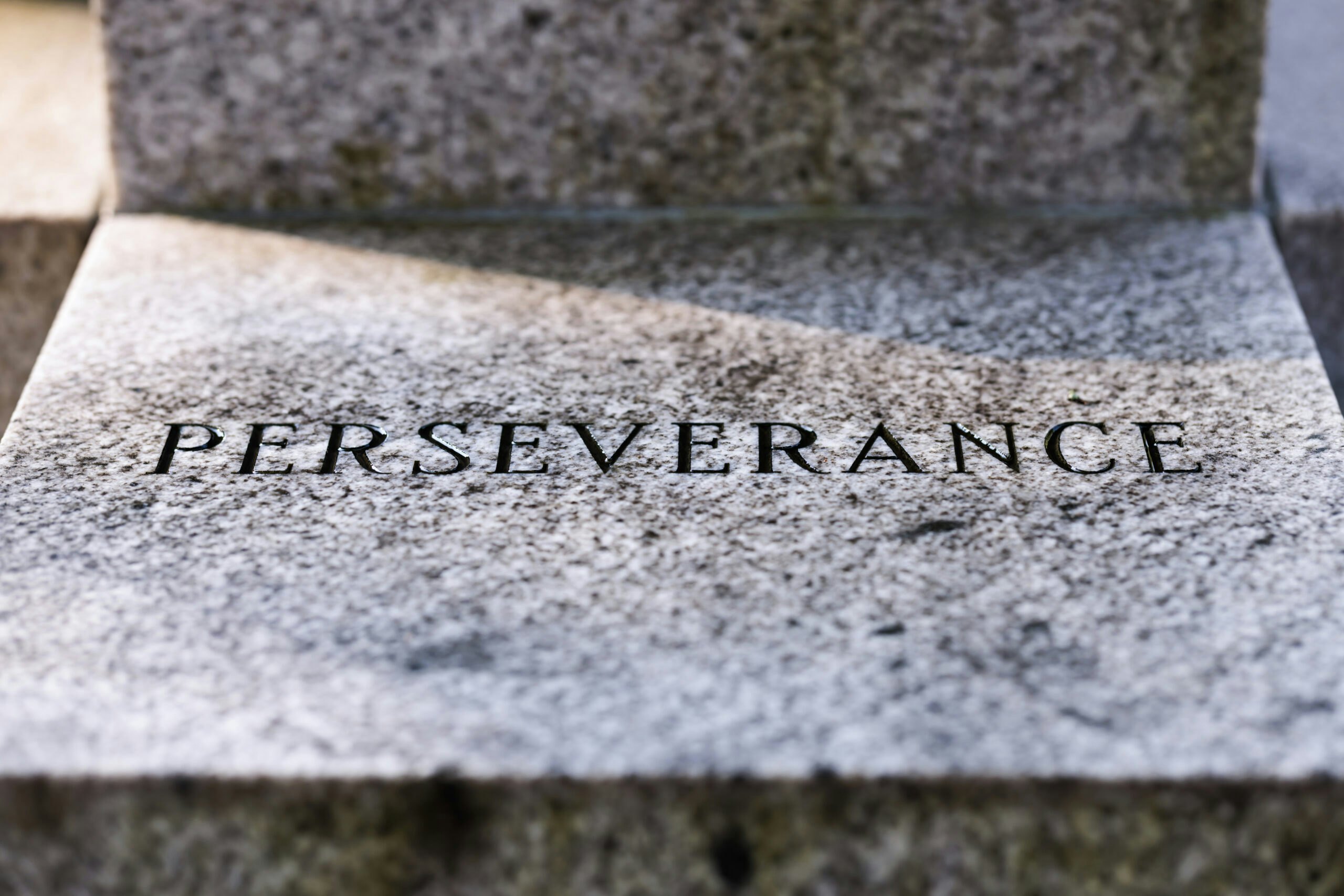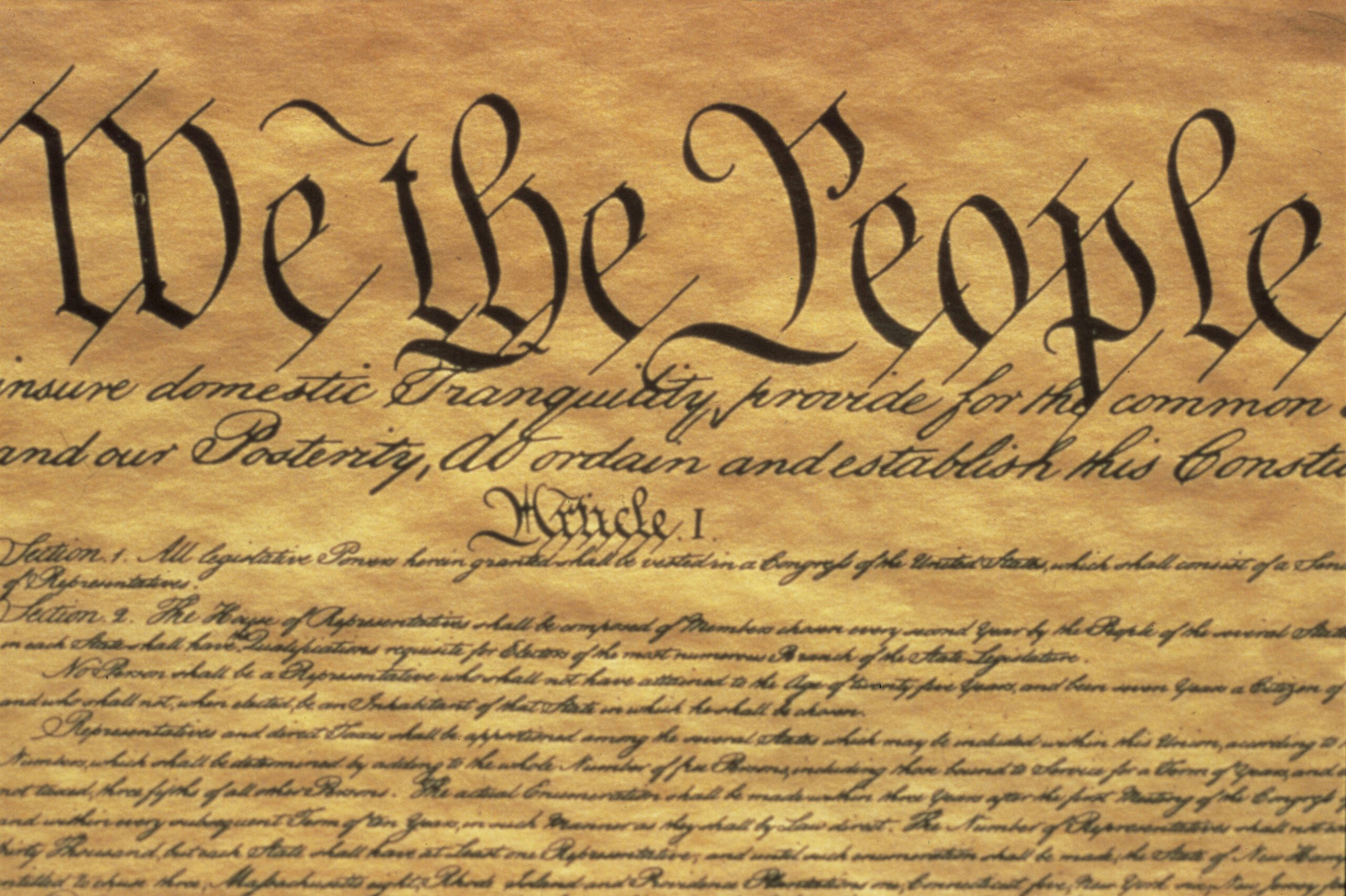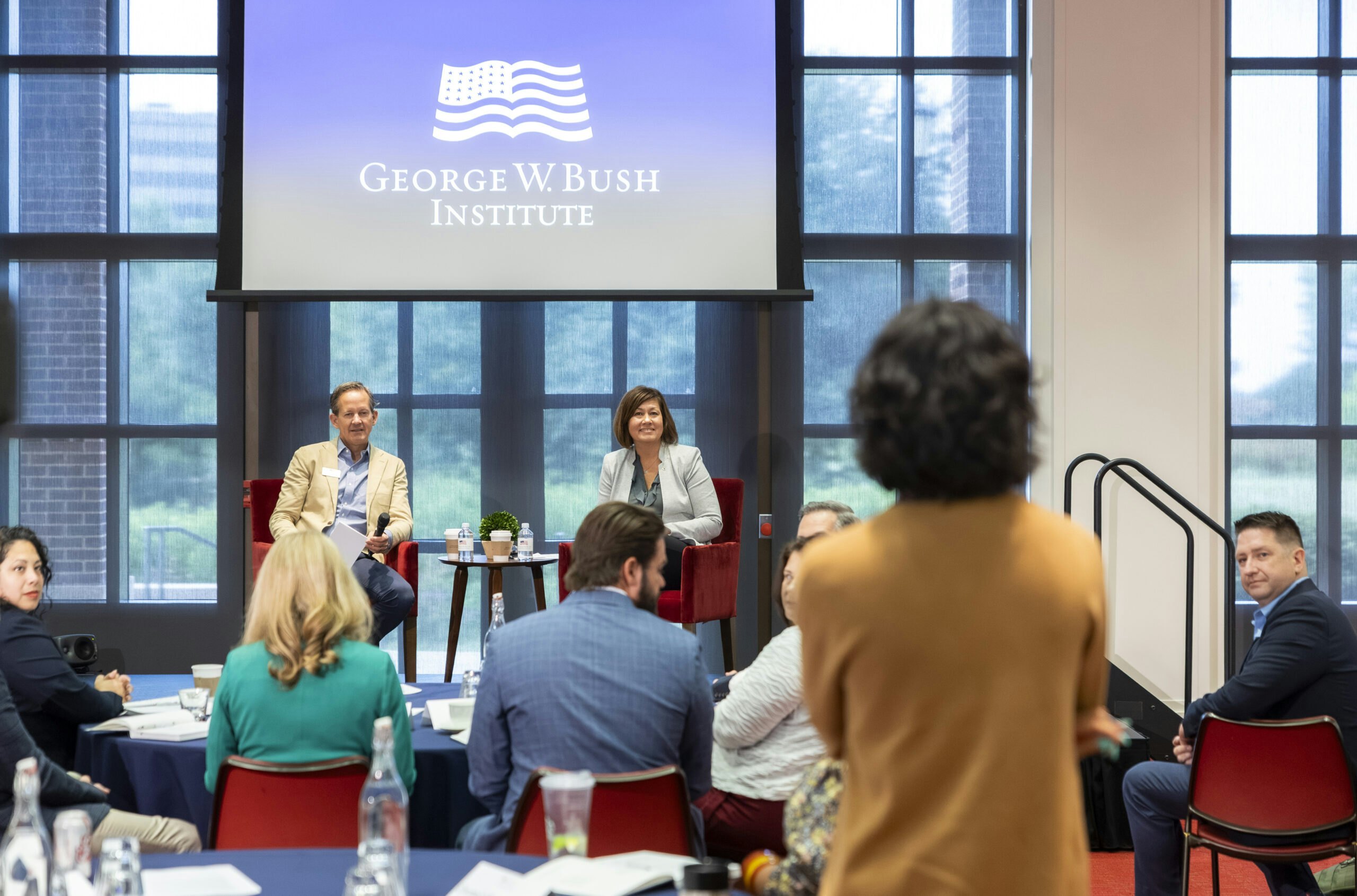One certainty about today’s news environment is information flows rapidly and constantly around the clock. No more 24-hour news cycle. A moment-by-moment cycle characterizes the digital age. Yet what does all the reporting incessantly coming to us over our phones and tablets, through radio and television, and via the printed word mean? How should we interpret events, think about them, or take action?
That’s where opinion journalism enters the equation. The role of newspaper columnists and editorial writers, magazine essayists, radio or television commentators, and even online commentators is to help news consumers think through their world, whether internationally, nationally, or locally. (For the purposes of this piece, we will concentrate on written commentary, whether through traditional print publications, digital sites, or social media.)
Some commentators may prefer bloviating about events or topics without digging into a subject or doing their homework. And some newspapers may prefer not publishing written editorials or columns for fear of losing subscriptions. But the valuable contribution opinion writers make comes in guiding and even prodding their readers through informed commentary and analysis. Occasionally, they even may persuade a person to change his or her mind.
The history
Opinion journalism’s roots go back to the earliest days of our republic. Partisan papers gave voice to advocates for the two major parties: the Federalists and the Democratic-Republicans.. Writing in “The Why, Who and How of the Editorial Page,” the late Kenneth Rystrom recalled how Noah Webster became the first United States editor to write an editorial in the form that later became standard in American newspapers.
While editing the American Minerva, a paper supporting the Federalist Party, Webster placed editorials under “The Minerva” heading. That tradition mirrors what we see today when newspapers run the unsigned views of their institution on the editorial page, often underneath the paper’s masthead that identifies its publisher and top editors.
For their part, papers like the National Gazette buoyed Democratic-Republicans. The latter championed more agrarian causes and a less centralized government, and their papers reflected that preference.
Partisan presses remained a fixture from Presidents Thomas Jefferson through James Buchanan. “Its principal purpose was to serve as the mouthpiece, to spread the official word to the party faithful,” Rystrom wrote.
Populist papers that focused on selling their news reports to the masses eventually replaced partisan presses. The genre also was known as “penny presses” because of their cheap price. And while they were more interested in a broad audience over a partisan one, their editors nonetheless opined. Horace Greeley, used his New York Tribune to present his views on big national debates ranging from the nation’s westward expansion (“Go West, young man,” he famously urged) to slavery (he opposed it) to the nascent Republican Party (he favored it.) He even entered politics, winning a term in Congress and running unsuccessfully for president against Ulysses S. Grant in 1872.
In the early parts of the 20th century, many Americans read writers like Walter Lippmann, who presided over the New York World’s editorial page and later wrote a syndicated column that was reprinted in newspapers across the country. He also spent time on the staff of the influential New Republic. Lippmann contended writers should avoid shrill, shouting essays in favor of pieces rooted in actual knowledge of a subject.
The New Yorker was joined by persuasive, engaging opinion writers across the country like Pulitzer Prize-winner William Allen White, who owned the Emporia Gazette in Kansas. White authored columns that papers around the country picked up. In the middle part of the 20th century, southern journalists like Hodding Carter Jr. in Mississippi and Ralph McGill in Georgia used their platforms to champion advances in race relations.
Before them, Ida B. Wells, owner and editor of the Memphis Free Speech and Headlight, made her mark as an African American journalist whose stands for racial justice eventually forced her to leave the South. Later came prominent Black columnists like Carl Rowan of the Minneapolis Star-Tribune and William Raspberry of The Washington Post.
Over time, prominent editorial page editors have led their newspapers in championing the organization’s values and principles while developing talented writers.
Meg Greenfield, for example, started as a Washington Post editorial writer in 1968 and later presided over The Post’s opinion pages from 1979 until her death in 1999. During her time there, she promoted the principles of a liberal international order, advocated for democracy and human rights, and stood up for those without a voice. She also brought into her newspaper’s fold a diverse range of columnists. Her role at the Post and as a longtime Newsweek columnist made the Pulitzer Prize-winner a force within Washington.
Robert Bartley initially made his mark as an editorial writer for the Wall Street Journal and then as its editorial page editor from 1972 to 2002. His pages championed free people and free markets. And Bartley, who won a Pulitzer Prize for his editorials, made conservatism an intellectual force with which policymakers had to reckon. That was especially true as the Reagan Revolution challenged and then replaced the New Deal/Great Society as the nation’s governing philosophy.
Of course, no editor and commentator more impacted the rise of the conservative movement in the latter half of the 20th century than William F. Buckley, Jr. The National Review journal of opinion that the Yale University graduate launched in the early 1950s and edited through the middle part of the 1990s spawned a modern conservatism rooted in anti-communism, limited government, and cultural traditionalism. His magazine did so through the power of ideas and the force of persuasive writing. The movement led to Ronald Reagan’s election as president in 1980, but not until Buckley’s journal isolated more extreme forms of conservatism and kept antisemites and conspiracy theorists from overshadowing his articulation of an intellectually robust conservatism. From the 1960s on through the 1990s, he kept advocating his ideas through syndicated columns and the popular “Firing Line” public television show.
Today’s writers
While some newspapers have backed off publishing their own editorials, many still do publish them. Their editorial writers — or, in the case of small papers, their editor — author commentaries and take on causes that reflect the paper’s opinion on topics that range from international affairs to national debates to state and local decisions.
Newspapers also publish opinion columnists, some of whom are on the staffs of those organizations. Major national newspapers such as The New York Times, The Washington Post, and The Wall Street Journal publish columnists on their op-ed pages that largely speak to national and international issues. Those columnists also may have their essays syndicated to other newspapers. (Op-ed is the term The Times coined to describe opinion pieces that run opposite the editorial pages, where newspapers publish their own views of issues.)
But some local newspapers have stopped running syndicated columnists as they turn to hyper-local coverage, often as part of a new business model that strives to keep them relevant to their local readers. Their columnists as well as editorial writers dig deep into local topics, much like Dallas Morning News editorial columnist Robert Wilonsky writes vividly about Dallas neighborhoods.
The rise of the internet has spawned new avenues for opinion writers. One example is Substack, which bills itself as a home for independent writers and podcasters. They use the digital platform to reach audiences directly through paid subscriptions. Both national writers like journalist James Fallows and local ones like Texas Panhandle newspaper owner Suzanne Bellsnyder publish through Substack. Also, social media influencers like author Sharon McMahon reach audiences through the online platform, whose hallmark is creating a direct connection between readers and their audiences.
Of course, social media has ushered in an almost limitless universe of content creators, some of whom present a clear point of view or agenda. But not all operate from a set of journalistic protocols. What standards should guide them, if any, is a growing point of discussion among content creators, traditional journalists in the world of radio, TV, and print and digital publications, and media scholars. At the same time, the rapid rise of content creators has led to an important discussion about what traditional journalists might learn from them. The University of Texas at Austin’s Knight Center for Journalism in the Americas recently published an e-book on what each side can learn from the other.
Persuasive vs. not-so-persuasive opining
In many ways, the platform no longer matters. The delivery vehicle may be a traditional print product, a digital site, or a social media account. The options will keep expanding as technologies evolve.
What matters is the characteristic of the work. Just because someone has a platform doesn’t make them an effective or persuasive opinion writer. The late columnist and editorial page editor James J. Kilpatrick put it bluntly: “Unless an editorial can add something to what appears in the news columns — something besides mere opinion — it has no business in the paper.”
In other words, just don’t blather about a subject or opine for opine’s sake. Add value through doing more reporting, putting a current issue in some historical context, and writing with clarity. Back up a point with evidence and present a persuasive conclusion.
The protocols of journalism matter, too: Check facts, develop sources, and consider opposing views. If a social media post goes viral, don’t take it as gospel truth. Validate the claim and do your own research before presenting your views on a matter.
News vs. opinion
One of the most serious contributing factors to declining trust in the media, which organizations like the Pew Research Center and Gallup have reported on extensively, is the lack of clarity in the difference between news and opinion. Just as our early papers did not clearly delineate news from opinion, cable television talking heads especially can blur the lines between news and opinion. Yet so do newspapers when they don’t distinguish between news and opinion.
A simple solution is marking the difference. “I think it should be very clearly marked that something is an opinion,” conservative columnist Nicole Russell recently told Editor and Publisher. “That’s something that should be clearly delineated.” The USA Today contributor added that: “I think there’s value in both [news reporting and opinion writing]. And because of that value, it needs to be really clear.” (The Wall Street Journal distinguishes between news and opinion in this instructive video.)
As consumers, we need to be aware of the differences, which involves practicing media literacy. For example, if a social media post comes our way, check out the source. Who are you reading? Who published it? Where did it originate?
Conclusion
Written commentary may be evolving in the way it is distributed but the importance of informed opinions remains. In fact, providing perspective, interpretation, context, and analysis is arguably more crucial today with our moment-by-moment news cycle.































